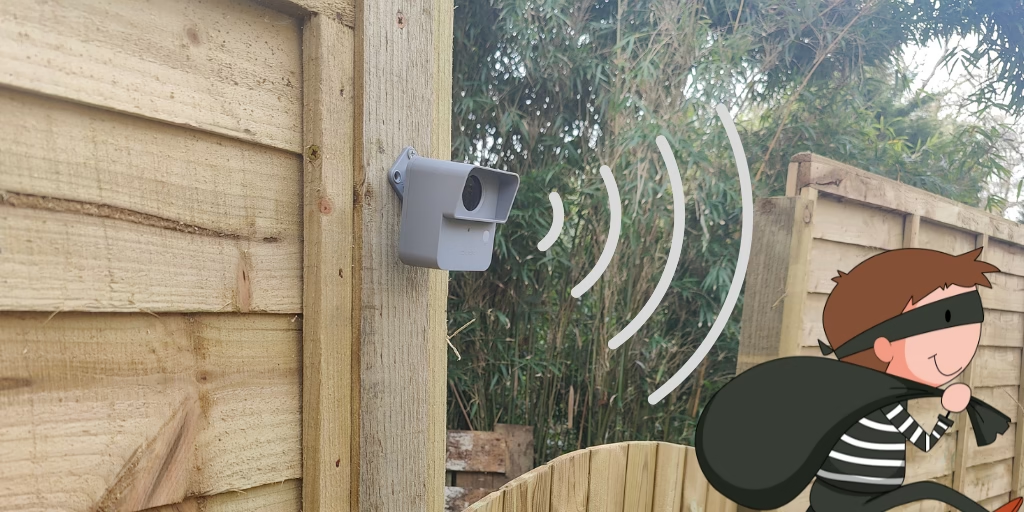Outdoor Smart Motion Sensors: A Comprehensive Guide
Outdoor smart motion sensors are primarily designed for security of a property by detecting movement in outdoor areas such as gardens and driveways
Devices like the YoLink Outdoor Motion Sensor deliver real time alerts, trigger other smart devices, and integrate into larger home automation systems. This article explains how these sensors work, what to think about when buying one
How Do Outdoor Smart Motion Sensors Work
Most outdoor smart motion sensors use Passive Infrared (PIR) technology. When movement occurs, the sensor detects a change in infrared radiation (heat energy) within its field of view. If the change exceeds the sensor’s pre-set threshold, an alert is generated. Many motion sensors come with adjustable sensitivity levels to tailor detection.
Designed to withstand the elements, devices like YoLink’s are typically rated at IP67, meaning they are both waterproof and dustproof. They communicate wirelessly, often using long range, low power wireless protocols (such as LoRa or Wi‑Fi) to send data to a central hub and \ or the cloud. This connectivity enables communication with smart home controllers, voice assistants, and apps, ensuring instant notifications of any activity.
What to Look For When Buying an Outdoor Smart Motion Sensor
- Weatherproof Rating: Choose sensors with a high IP rating (e.g. IP67 or above) to ensure they are protected against water ingress and dust.
- Detection Range: Look for sensors that have the wide angle detection and distance detection that you require.
- Sensitivity: Adjustable sensitivity settings are useful to help reduce false triggers of movement.
- Wireless Connectivity: Verify the wireless communication protocol used is long range, low powered technology (like LoRa) offering stable connectivity over larger outdoor areas.
- Power Source and Battery Life: Most outdoor sensors are battery powered. Go for products with long battery life and low-battery alerts.
- Integration Options: Check the sensor integrates with your broader smart home system or voice assistants such as Alexa. Systems like YoLink integrate with Alexa, Home Assistant and IFTTT offer flexibility by connecting devices from various manufacturers.
Downsides of Outdoor Motions Sensors
- False Positives: Environmental factors (e.g. moving foliage, wildlife, or temperature changes) can sometimes trigger false alarms. Adjusting sensitivity settings can help, though it may not eliminate all false positives. However, many outdoor motion sensors use technology that mean they only detected motion of heat sources, like a human body.
- Detection of Fast Moving Objects: Some sensors may struggle with rapidly moving objects, such as vehicles. This is because their detection algorithms are typically optimised for human motion.
- Battery Maintenance: Many models claim battery life of over two years, but factors like extreme weather and frequent false triggers can considerably shorten this lifespan.
- Installation Challenges: Correct mounting and alignment are crucial for optimal performance. Improper installation can lead to missed detections or unnecessary alerts, often requiring some trial and error.
Conclusion
Outdoor smart motion sensors can increase the security of your property by integrating into your smart home system. Understanding how these sensors work and considering important factors like weatherproofing, detection range, connectivity, battery life, and integration options can help you choose the right product for your needs. While downsides such as false positives and battery maintenance exist, these issues are manageable with careful planning.





